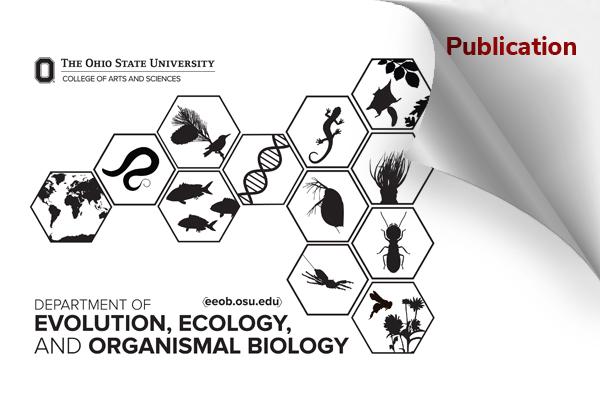EEOB Publication - Daly

Repeatome diversity in sea anemone genomics (Cnidaria: Actiniaria) based on the Actiniaria-REPlib library.
Jeferson A. Durán-Fuentes, Maximiliano M. Maronna, Octavio M. Palacios-Gimenez, Elio R. Castillo, Joseph F. Ryan, Marymegan Daly & Sérgio N. Stampar. BMC Genomics 26, 473 (2025). DOI: 10.1186/s12864-025-11591-0
Background
Genomic repetitive DNA sequences (Repeatomes, REPs) are widespread in eukaryotes, influencing biological form and function. In Cnidaria, an early-diverging animal lineage, these sequences remain largely uncharacterized. This study investigates sea anemone REPs (Cnidaria: Actiniaria) in a phylogenetic context. We sequenced and assembled de novo the genome of Actinostella flosculifera and analyzed a total of 38 nuclear genomes to create the first ActiniariaREP library (Actiniaria-REPlib). We compared Actiniaria-REPlib with Repbase and RepeatModeler2 libraries, and used dnaPipeTE to annotate REPs from genomic short-read datasets of 36 species for divergence landscapes.
Results
Our study assembled and annotated the mitochondrial genomes, including 27 newly assembled ones. We re-annotated ~92% of the unknown sequences from the initial nuclear genome library, finding that 6.4–30.6% were DNA transposons, 2.1–11.6% retrotransposons, 1–28.4% tandem repeat sequences, and 1.2–7% unclassifiable sequences. Actiniaria-REPlib recovered 9.4x more REP sequences from actiniarian genomes than Dfam and 10.4x more than Repbase. It yielded 79,903 annotated TE consensus sequences (74,643 known, 5,260 unknown), compared to Dfam with 7,697 (3,742 known, 3,944 unknown) and Repbae (763 known).
Conclusions
Our study significantly enhances the characterization of sea anemone repetitive DNA, assembling mitochondrial genomes, re-annotating nuclear sequences, and identifying diverse repeat elements. Actiniaria-REPlib vastly outperforms existing databases, recovering significantly more REP sequences and providing a comprehensive resource for future genomic and evolutionary studies in Actiniaria.
